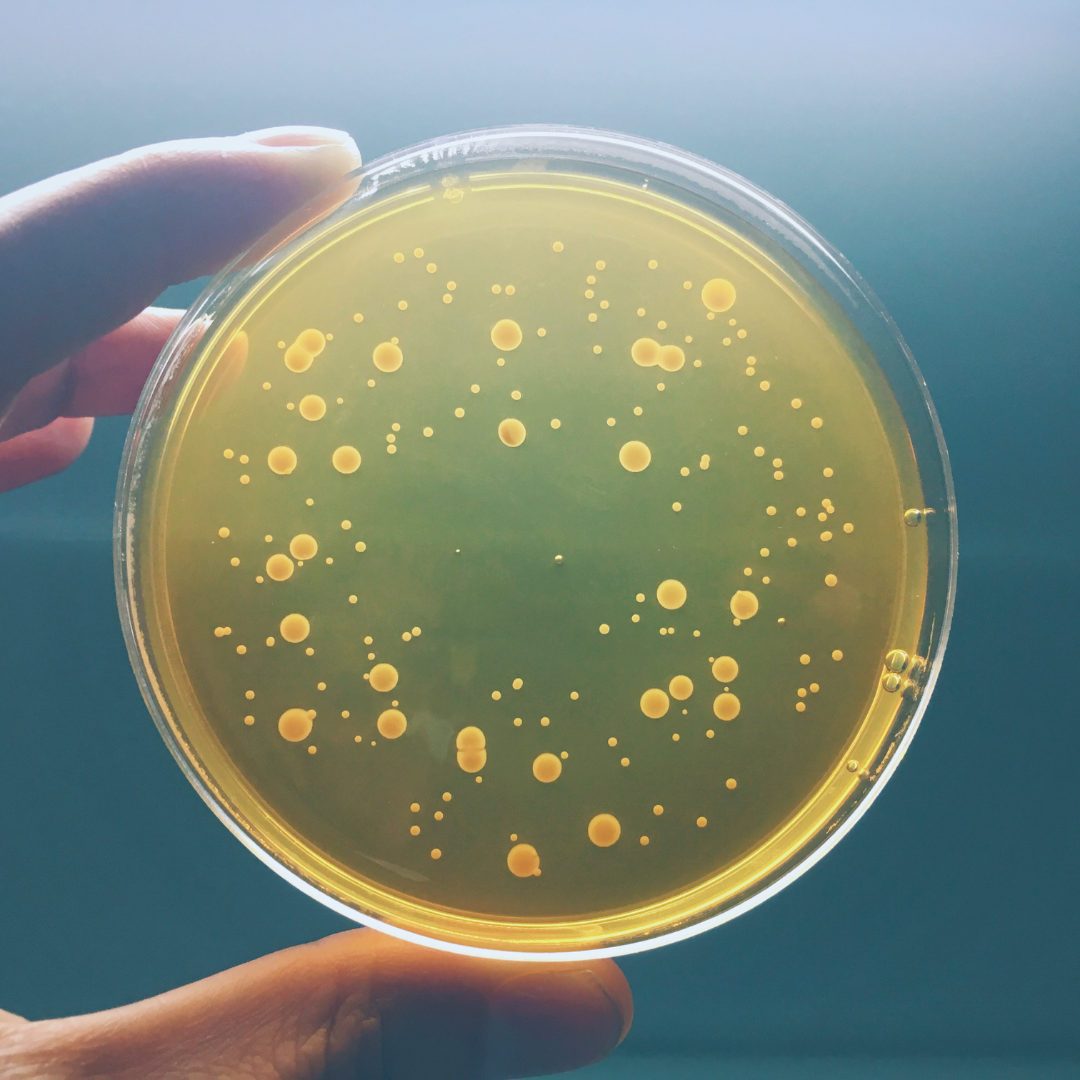Início Bacteriocinas como bioconservador alimentario: características generales y aplicación en alimentos
aditivos

Bacteriocinas como bioconservador alimentario: características generales y aplicación en alimentos
Resumo:
INTRODUCTION: Nowadays consumers´ demand for reduction of synthetic preservatives in food is increasing, but products at the same time need to continue to guarantee their safety. For this reason, there is a growing interest in the food industry for bioconservation. Among the different forms of biopreservation, bacteriocins, secondary metabolites produced by lactic acid bacteria, can be used. REVIEW: The aim of this review is describe the general characteristics that define bacteriocin produced by lactic acid bacteria, as well as their mode of action and applicability in the food industry in the main food groups. DISCUSSION: Several studies demonstrate its effectiveness in safely extending the shelf life of foods, due to its great ability to inhibit or slow down the growth of pathogenic and important spoilage microorganisms, such as Listeria monocytogenes or Escherichia coli. This way of bioconservation can be applied to meat products, dairy products, vegetables, seafood and beverages such as beer or wine. In addition, the use of bacteriocins show a great advantage when it is combined with heat treatments, since they allow the application of milder treatments, thus reducing the organoleptic damage that could occur in the quality of the food. CONCLUSION: The incorporation of bacteriocin to different foods allows their safe preservation and has a promising function as possible substitutes for traditional synthetic preservatives.
Keywords: Bacteriocins, lactic acid bacteria, additives, natural antimicrobials, food safety.
Expandir Resumo
Acessar Texto Completo

